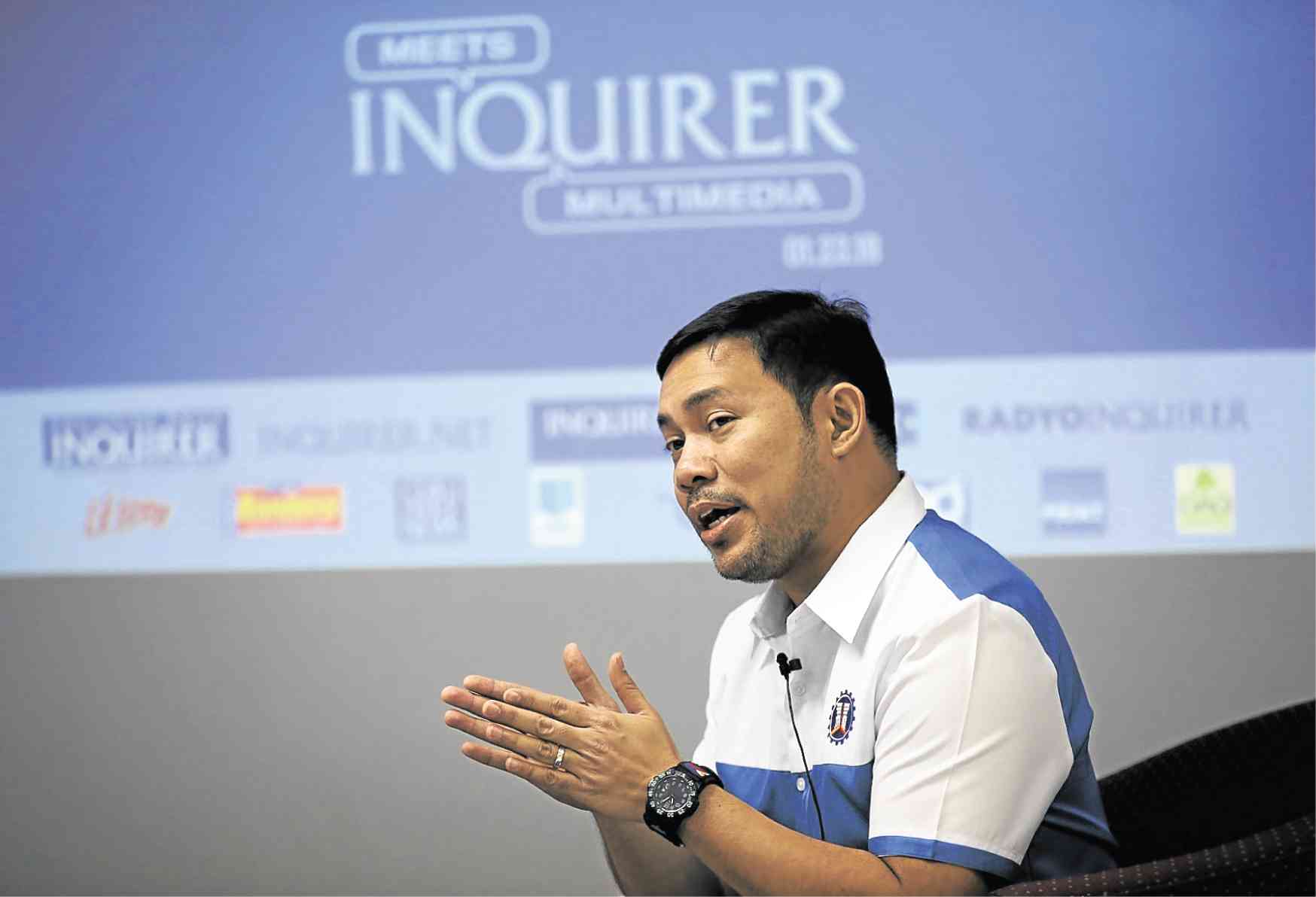Masterplanning PH infra

“We now have a larger pipeline of implementable projects… We have the time, the resources, and the plans, and so we have put ourselves in a position to implement this ambitious infrastructure program”
Mark A. Villar
Public Works Secretary
He called it a strategic shift in orientation, like a “trademark” that may prove pivotal to usher in a golden age of infrastructure in the country.
That strategic approach, according to Public Works Secretary Mark A. Villar, referred to having a more comprehensive plan of action in place—a masterplan for all infrastructure projects to ensure a more efficient and holistic approach to the government’s highly ambitious Build, Build, Build initiative.
“Our orientation is to have big ticket, big impact projects or masterplanned projects. That’s what we’ve been working on our pipeline. We don’t want piecemeal developments. And I think we have accomplished that as you can see in a lot of our projects. You don’t talk about just one bridge—we talk about a Metro Manila Logistics Program which is composed of 12 bridges. When you talk about the Mindanao road network, you don’t just talk about one road in Zamboanga—we talk about the whole peninsula,” Villar explained in an interview on the sidelines of the Meet Inquirer Multimedia forum.
“So you can see, there is really a shift in focus, a shift to masterplanning. Coming from the private sector, that’s what we do—we masterplan. We think about the long term,” he said.
This is also why there are now some P1 trillion worth of infrastructure projects on the pipeline, Villar further added.
Article continues after this advertisementCritical infra projects
Article continues after this advertisementThe Department of Public Works and Highways (DPWH) is one of the key agencies in the Build, Build, Build program of the Duterte administration. Under this ambitious initiative, the government will roll out some P8 trillion worth of key projects across the country up to 2022.
These infrastructure projects are deemed critical by many real estate developers as these are expected to further unlock and raise values of land, particularly outside the country’s capital. To a certain extent, these infrastructure projects would dictate the strategies of property developers as to where they would head next.
Some of the agency’s priority projects that already have a masterplan and are in different stages of development are the Mindanao Road Development Network Program, which connects the Zamboanga Peninsula, Southern Mindanao, Central Mindanao and Caraga Regions and which includes road projects for conflict-ridden areas; 74-kilometer Metro Cebu Expressway meant to solve traffic congestion in Metro Cebu; Luzon Spine Expressway Network, which is comprised of 18 major expressways connecting northern and southern Luzon; Central Luzon Link Expressway; and the Panay-Guimaras-Negros Bridge, among others.
Concerted effort
According to Villar, the thrust for masterplanning was “something that we all brought together (to the table), as this was part of the President’s vision along with the economic team.”
“This is the trademark of this administration, the increase in masterplanned projects. Because there’s a masterplan, there’s a very good chance that our projects will push through. In fact, one of the biggest (hurdles) when we came in was that there was a lack of pipeline in implementable projects,” Villar explained.
This is why, Villar added, this strategic shift to masterplanning for major infrastructure projects is important. The agency even had a facility with the Asian Development Bank meant solely for these masterplanning efforts. It also helped that the DPWH had foreign partners that gave them the necessary expertise for these projects, in which the country doesn’t have much experience.
Villar thus remains optimistic that many of these projects will be completed by the end of the President’s term.
“We have already addressed one of the biggest roadblocks which is planning, and that’s why we already have a project pipeline of some P1 trillion. When we came in, it wasn’t even 1/10th of that,” he said.
“We now have a larger pipeline of implementable projects. We have the budget to implement them and we have the time to accomplish these (up to 2022). We have the time, the resources, and the plans so we have put ourselves in a position to implement this ambitious infrastructure program,” Villar concluded.